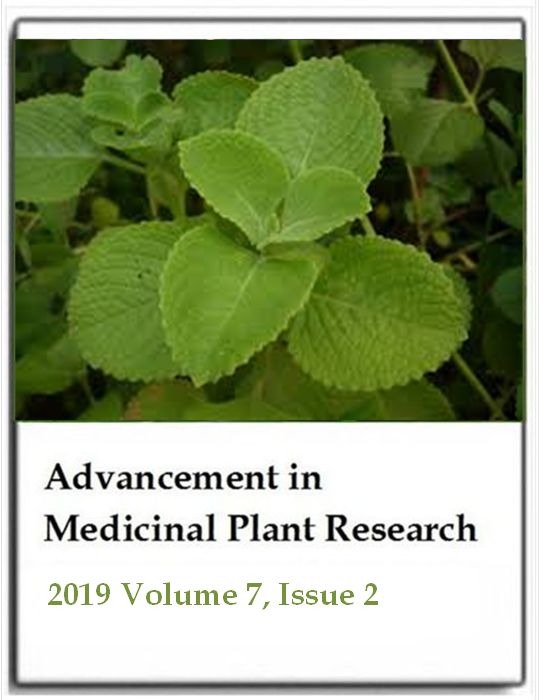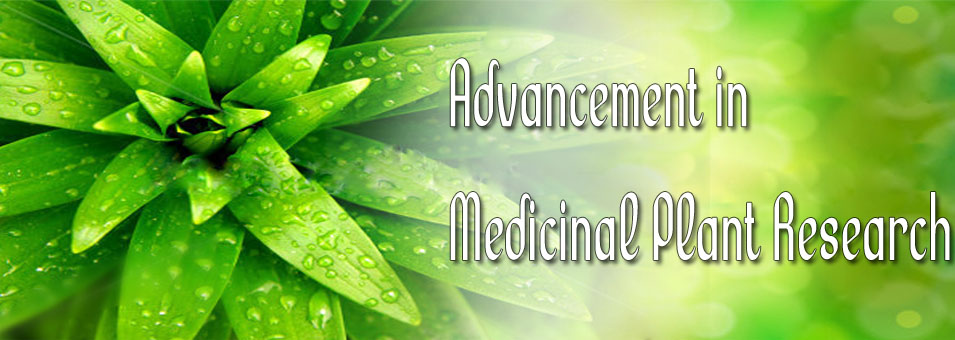Analysis of volatile compounds and antioxidant activity of the essential oil of oregano (Origanum vulgare L.)
Jose Tapiero, Guillermo Salamanca and Carlos MarínAdvancement in Medicinal Plant Research
Published: May 20 2019
Volume 7, Issue 2
Pages 54-60
DOI: https://doi.org/10.30918/AMPR.72.19.022
Abstract
Aromatic plants make secondary metabolites that can be useful or toxic to an organism. In this work, we obtained Essential Oil (EO) by Microwave-assisted Hydrodistillation (MWHD). The process was carried out during the period from 15 min to 700 watts, with samples of 50, 100 and 200 g, collected in Vijes and Sevilla, Valle, Colombia. For each sample of essential oil the relative density at 20°C and the Refractive Index were evaluated (RI). The chemical composition was evaluated using GC-MS and its antiradical activity (AA) was carried out using the DPPH*, ABTS+ and ORAC methods. The process yield was between 0.087 ± 0.012 and 0.140 ± 0.005%. Significant differences were observed for the RI with values between 1.475 ± 0.001 and 1.484 ± 0.003 for a (Pv < 0.05). The highest contributions correspond to p-Cimeno (10.04), Terpinen-4-ol (9.48), Carvacrol (8.70%) and Thymol (1.95%) presented lowest values. The EO of oregano presents a good AA that ranges between 318.8 ± 0.009 to 320.6 ± 0.003 (Sevilla) and 310.8 ± 0.021 to 312.1 ± 0.014 (Vijes) mmol Trolox/100 g for DPPH*, and 23.852 ± 0.018 to 24.019 ± 0.011 (Sevilla) and 23.128 ± 0.012 to 23.412 ± 0.009 (Vijes) mmol Trolox/100 g for ABTS+. Finally, oregano essential oils presented low molecular weight aliphatic compounds, being markers of these matrices.
Keywords: Chromatography, microwave, antioxidant activity, natural products, aromatic plants.
Full Text PDFThis article is published under the terms of the Creative Commons Attribution License 4.0

